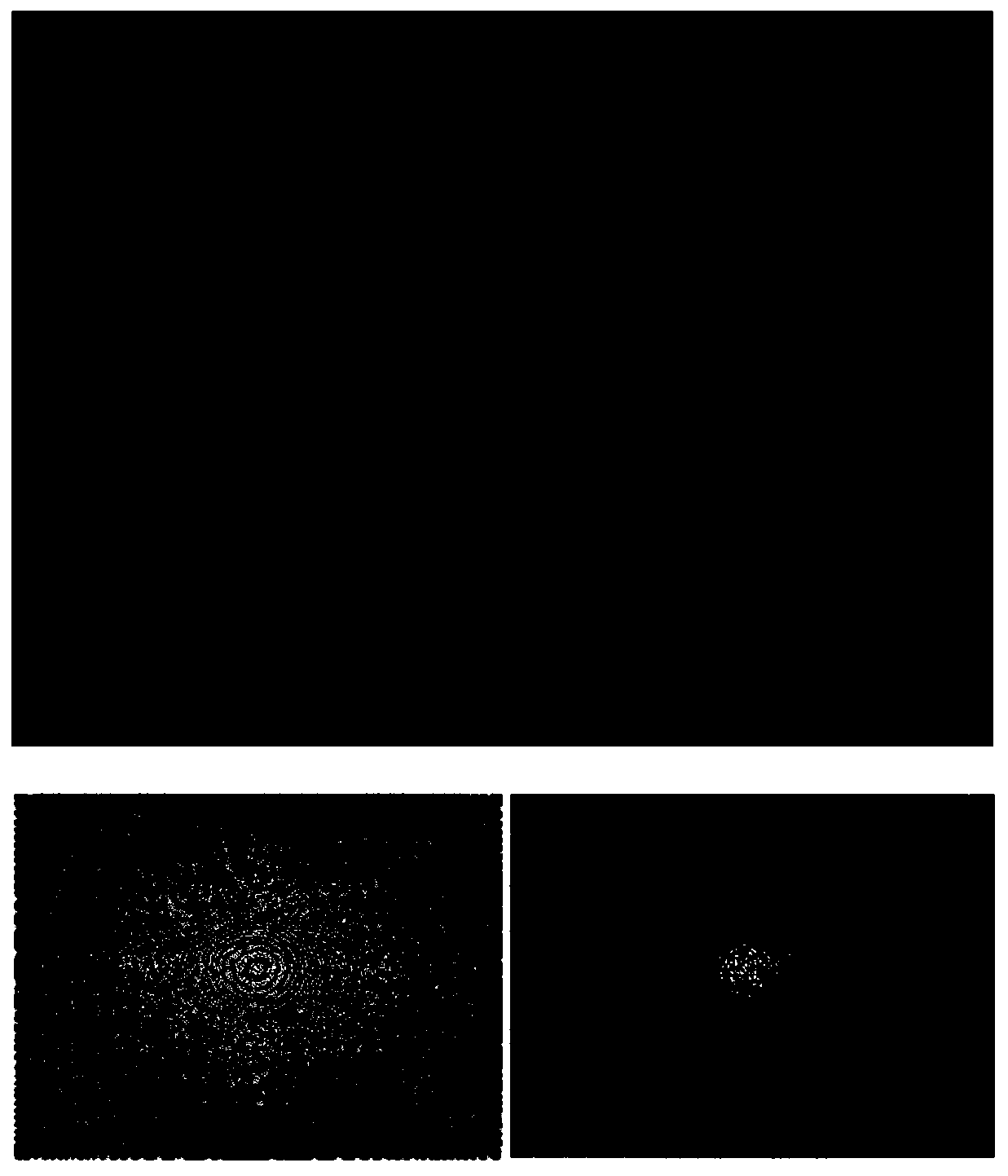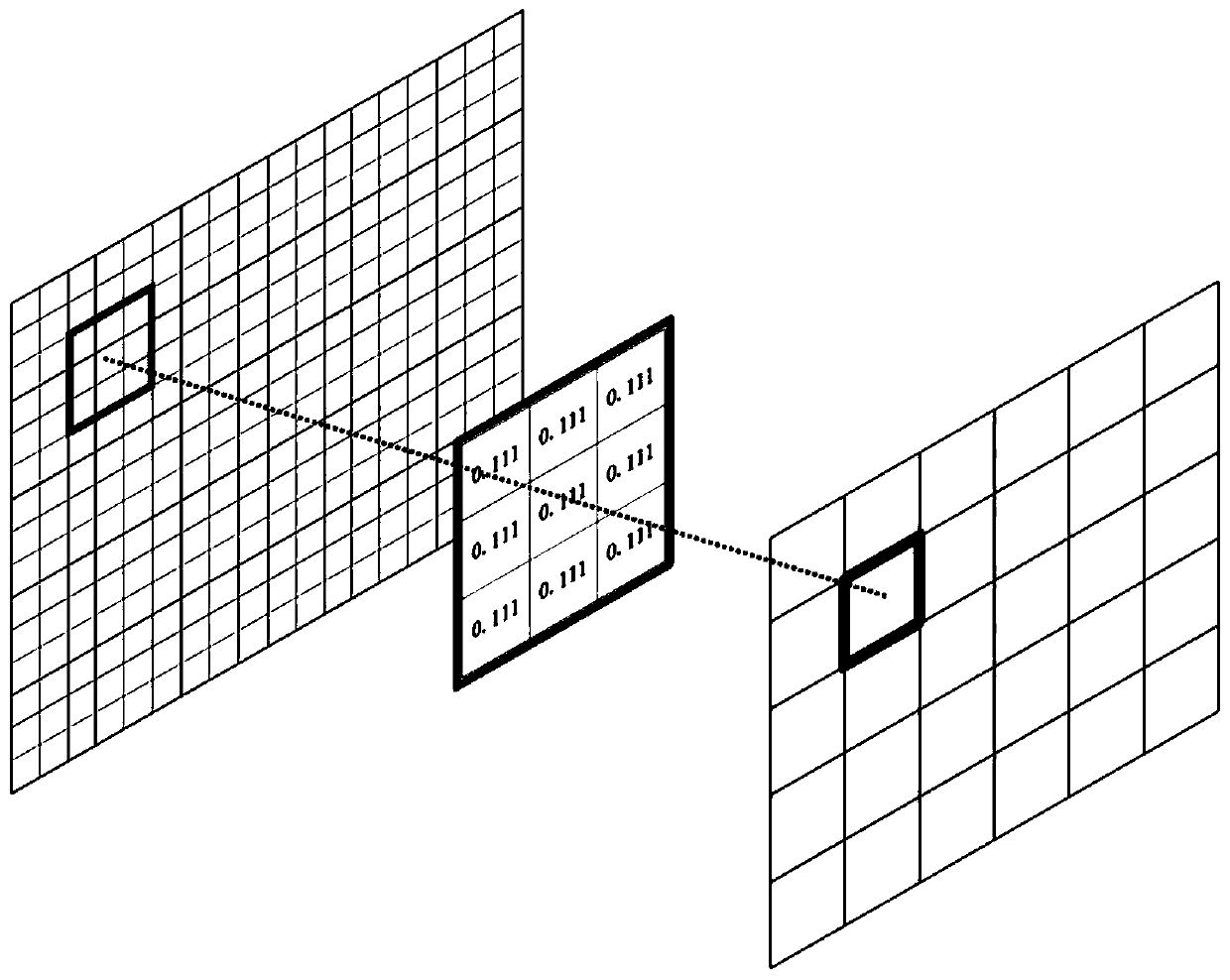Dirt self-checking method of digital camera image sensor based on retina perception
A technology of image sensor and digital camera, applied in television, image communication, electrical components, etc., can solve problems such as uneven exposure, instability, and inability to overcome vignetting, and achieve the effect of a simple and effective frame
- Summary
- Abstract
- Description
- Claims
- Application Information
AI Technical Summary
Problems solved by technology
Method used
Image
Examples
Embodiment Construction
[0087] The dirty self-inspection method of the digital camera image sensor based on retina perception comprises the following steps:
[0088] Step 1, place a plane light source in front of the digital camera lens, the plane light source completely covers the field of view of the digital camera lens, take pictures with the digital camera, and obtain image data of a frame of RGB channel (such as figure 2 Shown: 1 is a plane light source; 2 is a lens group of a digital camera; 3 is an image sensor of a digital camera);
[0089] Step 2, performing a priori method grayscale on the image data;
[0090] Step 3. Set a convolution kernel to perform mean value downsampling based on convolution (such as image 3 shown);
[0091] Step 4, performing convolution calculation and self-quotient image (SQI) calculation based on retinal perception, to obtain data in floating point form;
[0092] Step 5, perform data processing to obtain unsigned integer data;
[0093] Step 6. Use the normal...
PUM
 Login to View More
Login to View More Abstract
Description
Claims
Application Information
 Login to View More
Login to View More - R&D
- Intellectual Property
- Life Sciences
- Materials
- Tech Scout
- Unparalleled Data Quality
- Higher Quality Content
- 60% Fewer Hallucinations
Browse by: Latest US Patents, China's latest patents, Technical Efficacy Thesaurus, Application Domain, Technology Topic, Popular Technical Reports.
© 2025 PatSnap. All rights reserved.Legal|Privacy policy|Modern Slavery Act Transparency Statement|Sitemap|About US| Contact US: help@patsnap.com



